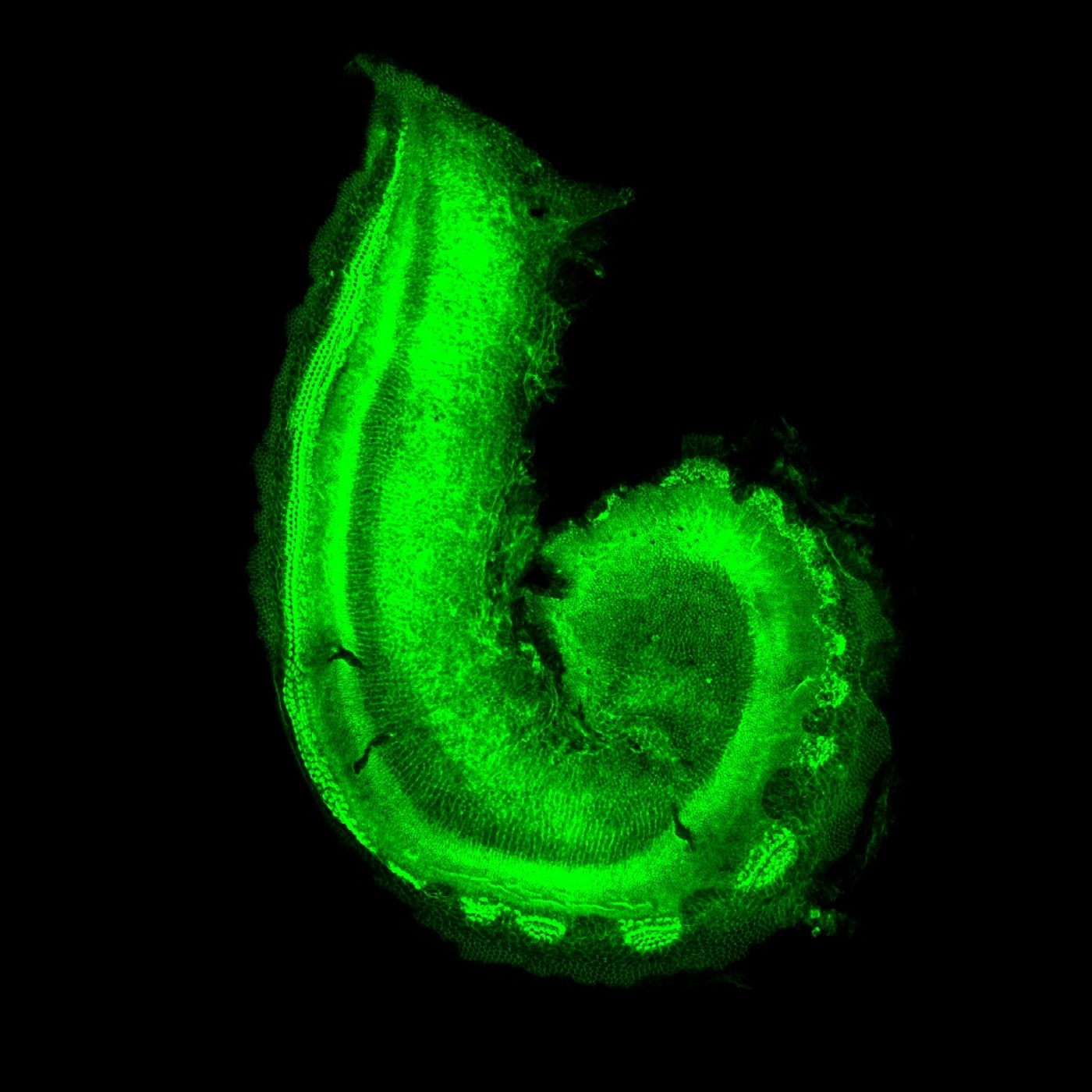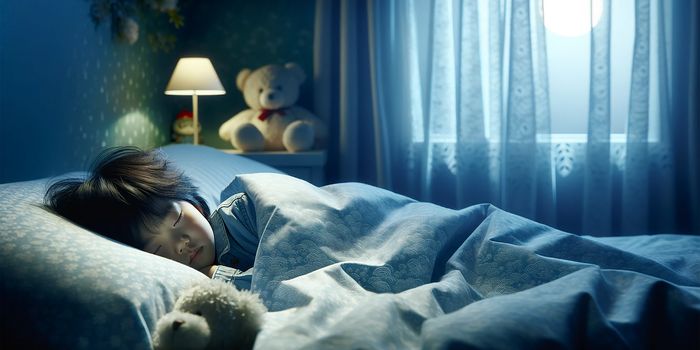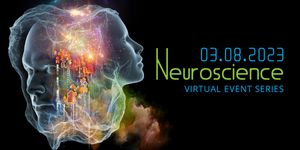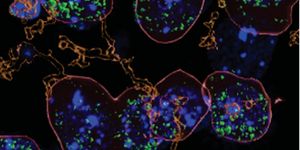Macrophages at work: immune cells repair hearing loss
When loud vibrations damage the cochlea, macrophages are activated. These immune system cells change morphology and genetic transcription while they rush to the site of damage. Yet what they do once at the synapse is unknown.
You might think that as the central nervous system's resident immune cells, macrophages would offer support and repair hair cell injury. Instead, it's been hypothesized they ineptly get in the way.
Previous findings suggested the immune system's inflammatory response can cause more damage to the site of injury. Many researchers believe that macrophages accidentally contribute to hearing loss when trying to respond to injury.
The inner ear's fragile hair cells have a limited regeneration capacity. Losing these cells over time contributes to hearing loss. It is crucial that any damage is repaired when possible.
Image: Creative Commons Attribution 2.0 Generic
Researchers Manickam et al. out of Creighton University’s school of medicine discovered evidence of these misunderstood glial cells repairing the unique synapses of the cochlear hair cells.
The cochlea is lined with spiral ganglion neurons and inner hair cell (IHC) known for their special ribbon synapse connections. These synapses rapidly translate incoming sound into electrical impulses. Both sensitive and responsive, ribbon synapses can release neurotransmitters in gradients matching the level of cell depolarization.
In the new study, the cochlea’s of experimental mice had their residing macrophages either left alone or ablated using an oral pharmacological treatment. Then the mice were exposed to intense and prolonged noise, strong enough to damage hearing. With or without the macrophages, hearing was lost. But hearing recovery depended on resident macrophages or the return of new macrophages.
This research proves that macrophages can aid cochlear healing following acute auditory insults. Future research can look closer at the molecular mechanisms macrophages enact to mend broken connections, leading to hearing loss immunotherapies.
In addition, these scientists discovered a new way to remove macrophages. By deactivating chronically active or dysfunctional macrophages, it might be possible to prevent the continued damage caused by inflammation.
Sources: Glia, Journal of Neuroscience









